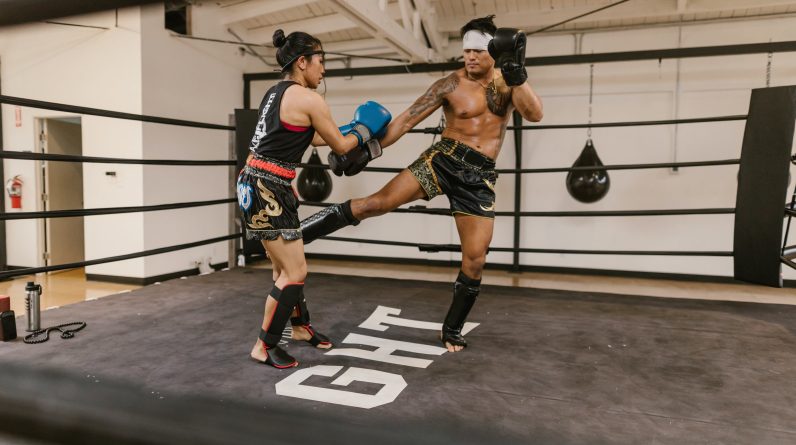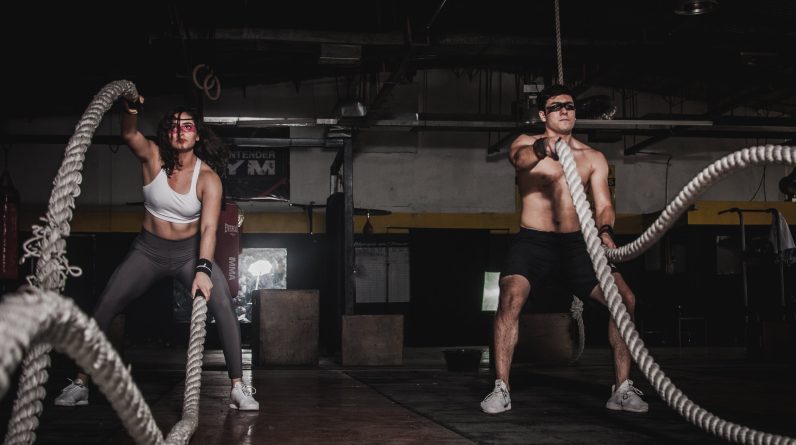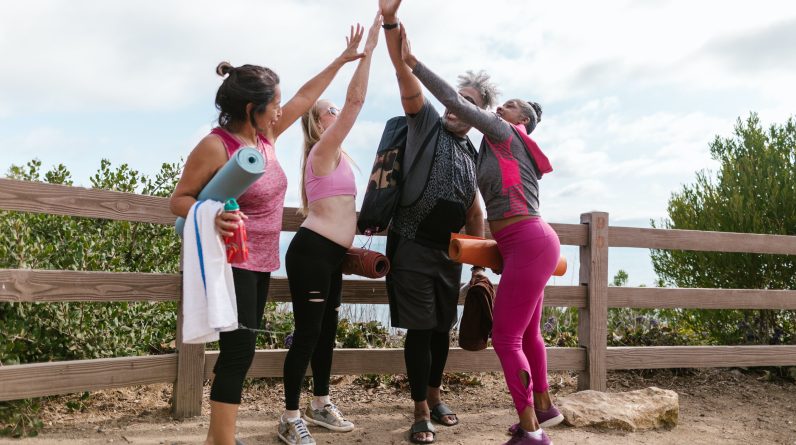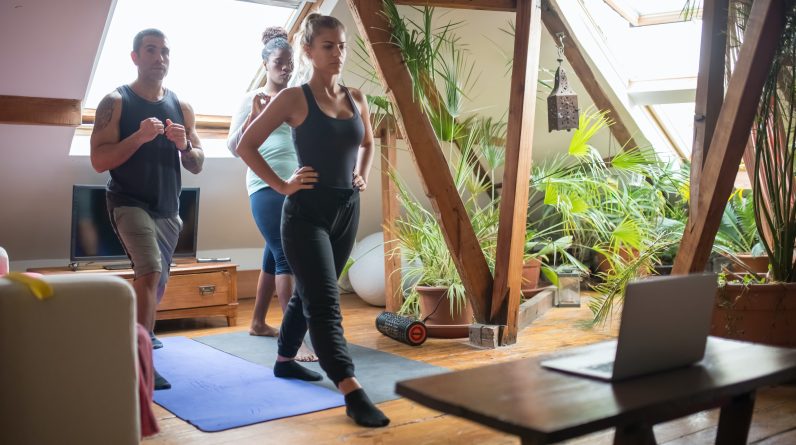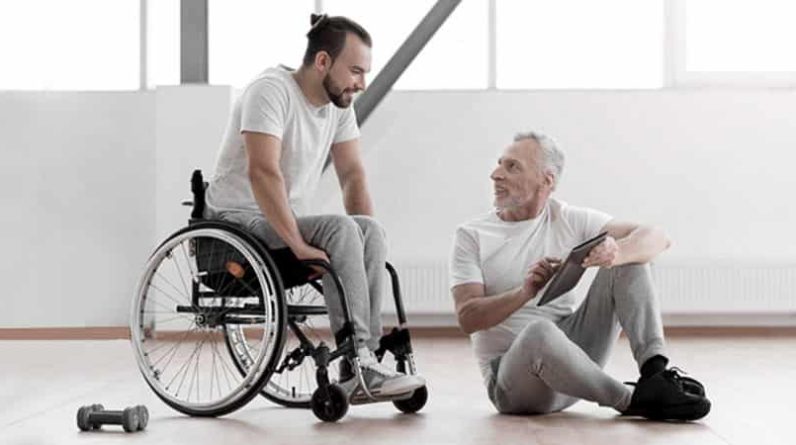
Adaptive Workouts: Tailoring Fitness for People with Disabilities
Physical fitness is a universal pursuit that transcends age, gender, and ability. It’s not just about looking good; it’s about feeling good, staying healthy, and enhancing one’s quality of life. However, when it comes to people with disabilities, the conventional fitness industry often falls short in providing accessible and inclusive workout solutions. This is where adaptive workouts step in, offering a customized approach to fitness that caters to the unique needs and abilities of individuals with disabilities. In this article, we will explore the world of adaptive workouts and how they are transforming the fitness landscape.
Understanding Disabilities and Fitness
Before delving into adaptive workouts, it’s crucial to recognize the diversity within the disabled community. Disabilities can be physical, sensory, intellectual, or a combination of these. Each person’s experience is unique, making a one-size-fits-all approach to fitness ineffective and, at times, exclusionary.
Traditional gyms and fitness programs have often been ill-equipped to accommodate individuals with disabilities. This can lead to frustration, discouragement, and a lack of motivation to pursue physical activity. However, the recognition of these challenges has paved the way for a more inclusive fitness industry.
The Rise of Adaptive Workouts
Adaptive workouts are a holistic approach to fitness that takes into account an individual’s specific abilities, goals, and limitations. They prioritize inclusivity, accessibility, and customization, making exercise attainable for everyone, regardless of their disability. Here are some key aspects of adaptive workouts:
Personalized Plans:
Adaptive workouts begin with a thorough assessment of an individual’s physical condition and abilities. This assessment forms the foundation of a personalized fitness plan tailored to their specific goals, whether it’s building strength, increasing flexibility, or improving cardiovascular health.
Specialized Equipment:
Adaptive workouts often incorporate specialized equipment designed to accommodate various disabilities. For example, wheelchair users may have access to adapted weight machines, hand cycles, or resistance bands that allow for effective strength training.
Adaptive Techniques:
Trained fitness professionals, including physical therapists and adaptive fitness trainers, are essential in designing and implementing adaptive workouts. They have the knowledge and experience to modify exercises and techniques to suit an individual’s needs, ensuring safety and effectiveness.
Inclusive Classes:
Many fitness facilities now offer adaptive fitness classes that bring people with disabilities together in a supportive and motivating environment. These classes may focus on specific activities like adaptive yoga, wheelchair basketball, or seated aerobics.
Benefits of Adaptive Workouts
The advantages of adaptive workouts extend far beyond physical health. They have a profound impact on mental and emotional well-being as well. Here are some of the benefits:
Improved Physical Health:
Adaptive workouts help individuals with disabilities build strength, increase flexibility, and enhance cardiovascular fitness. These improvements can lead to reduced pain, better posture, and increased independence in daily life.
Enhanced Self-esteem:
Achieving fitness goals, no matter how small, can significantly boost self-esteem and self-confidence. This newfound confidence often spills over into other aspects of life.
Social Connection:
Adaptive fitness classes foster a sense of belonging and social connection among participants. Building a supportive community can combat feelings of isolation that individuals with disabilities may experience.
Stress Reduction:
Exercise is a proven stress reliever. Adaptive workouts provide an outlet for stress and anxiety, promoting mental well-being.
Empowerment:
Adaptive workouts empower individuals with disabilities by giving them control over their health and fitness journey. This empowerment can have a ripple effect, leading to increased independence and autonomy.
Challenges and Future Directions
While adaptive workouts have made significant strides in promoting inclusivity in the fitness industry, challenges still exist. Some of these challenges include limited access to adaptive fitness facilities, the cost of specialized equipment, and the need for more trained professionals in the field of adaptive fitness training.
The future of adaptive workouts lies in continued advocacy for inclusivity, increased research on adaptive fitness techniques, and collaboration between fitness professionals, healthcare providers, and individuals with disabilities. With ongoing efforts, we can work towards a fitness landscape where adaptive workouts are the norm rather than the exception.
Adaptive workouts are breaking down barriers and redefining fitness for people with disabilities. They offer a personalized, inclusive, and empowering approach to physical activity that can transform lives. By recognizing the unique abilities and challenges of each individual, adaptive workouts are helping everyone, regardless of their disability, achieve their fitness goals and lead healthier, more fulfilling lives. The fitness industry is evolving, and with the growth of adaptive workouts, it’s becoming a more inclusive and diverse space where everyone can thrive.

